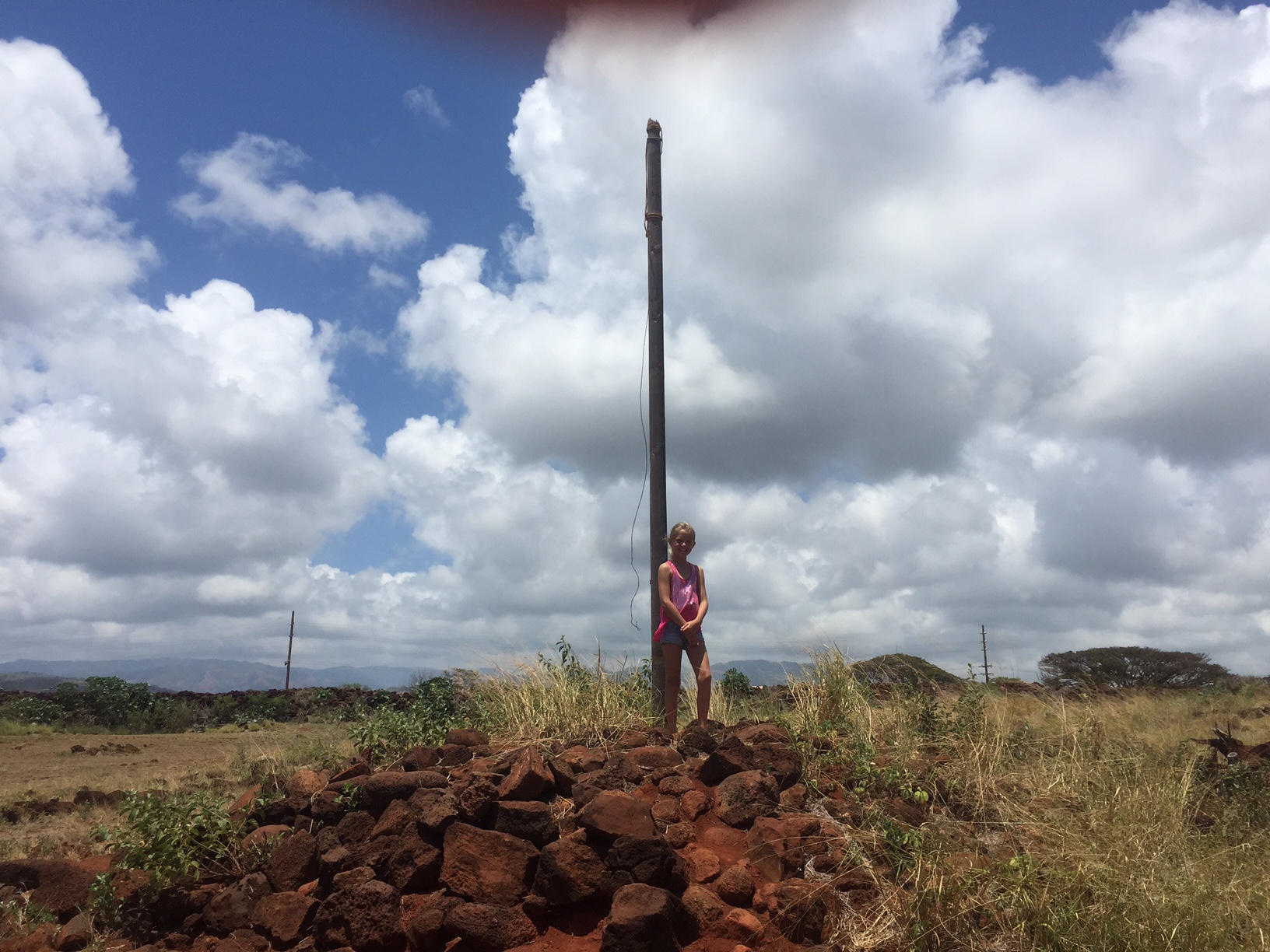Did you know that Russia had a vested interest in acquiring Hawaii in the early 19th century? In fact, there are more than a few folks today who will say that Russia almost “took” Hawaii before America eventually claimed the islands as a U.S. Territory.
Need proof? Just go to Kauai. In Waimea, you’ll find an abandoned Russian fort called Fort Elisabeth, and, at first, it may not look like much. But, dig a little deeper, and you’ll discover the fascinating history behind this structure. During our recent trip to Kauai, my family and I stopped-off to take a look, and I thought we would share a bit of what we learned:
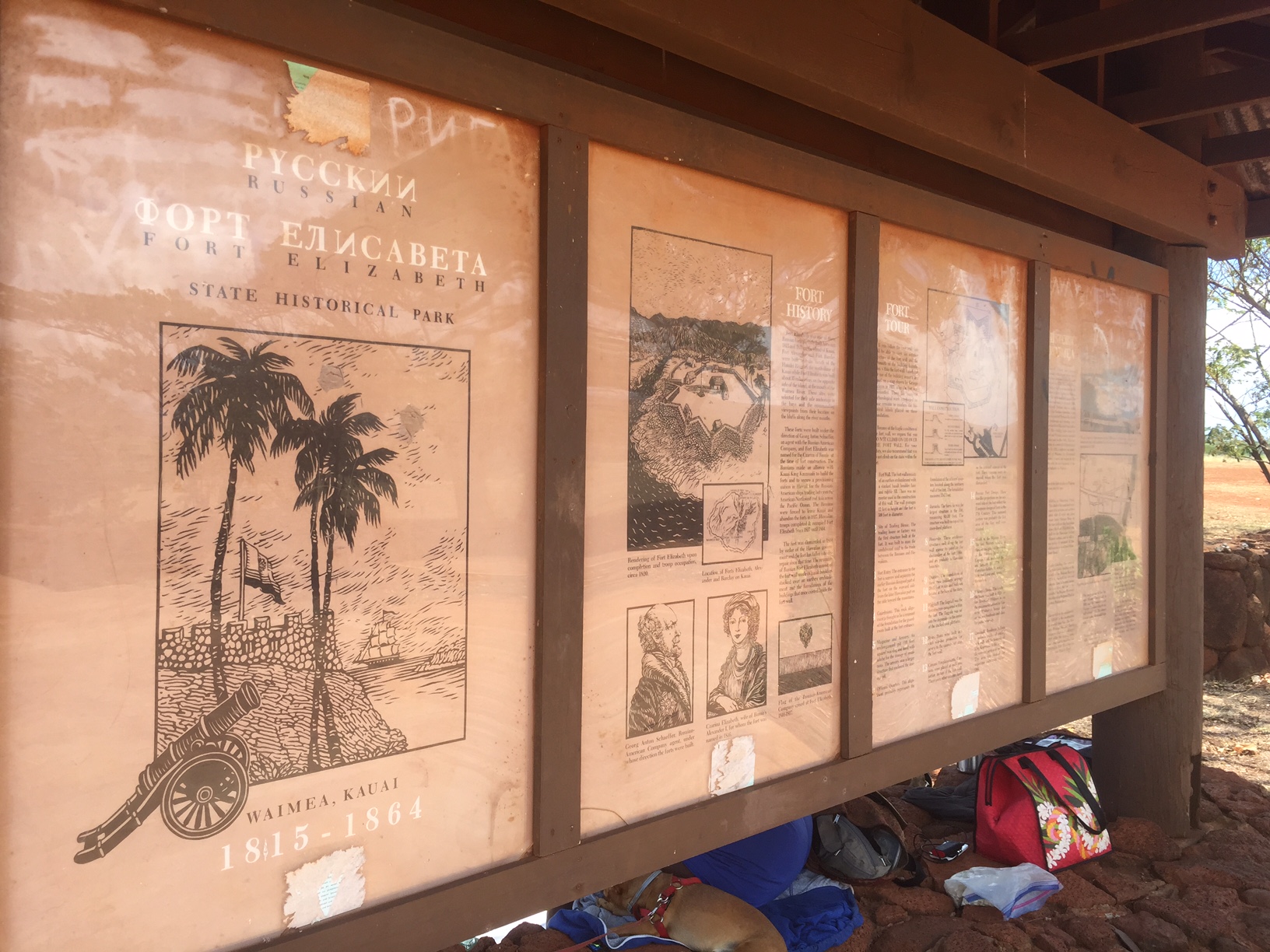
According to Hawaii.com, in January 1815, a vessel belonging to the Russian-American Company was shipwrecked on reefs offshore of Waimea. King Kaumualii (the king of Kauai) took possession of the shipwrecked vessel and its cargo. So, the company sent a man named George Scheffer to get it back — and win the favor of King Kamehameha I.
The website explains that the plan went awry when Scheffer befriended Kaumalii. In fact, Scheffer negotiated a contract with Kaumualii for not only full payment for the confiscated bounty, but all the sandalwood on Oahu and Kauai. If Scheffer could deliver the manpower, weapons and ships to help Kauamualii’s forces take over Kamehameaha’s domain, half-ownership of Oahu and the right to set up factories on all of the Hawaiian Islands would be the reward.
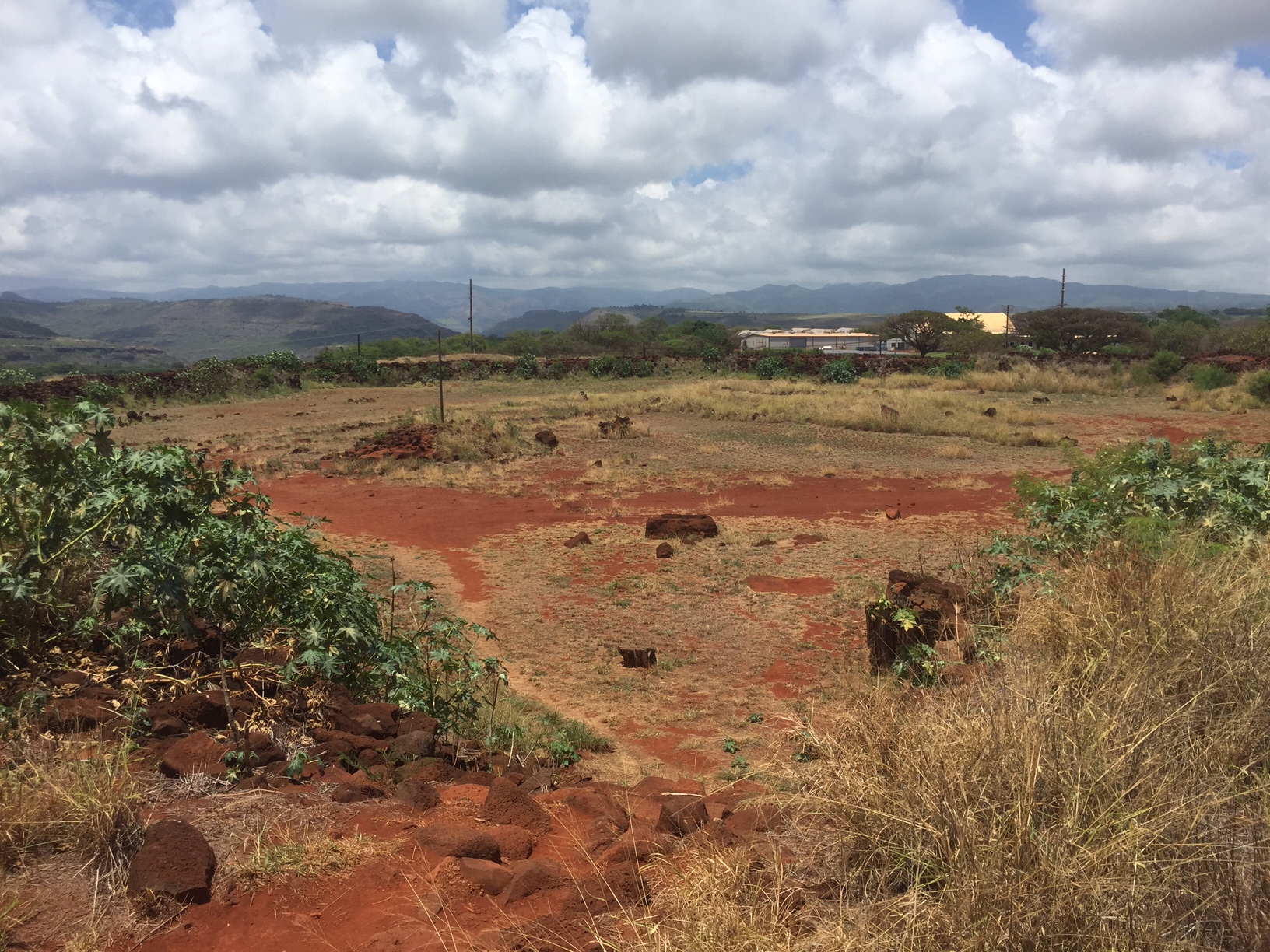
That’s around the time Fort Elisabeth on Kauai was built. Hawaii.com reports that, in September of 1816, Scheffer began to build the stone walls of Fort Elisabeth at Waimea with the help of several hundred Kauai residents. Two smaller earthen forts were built at Princeville as well. But the plans for expansion didn’t last long. The Hawaii.com reports that growing distrust of Scheffer by Kaumualii and Kamehameha I resulted in an order that all Russians be removed from Kauai, which proved the downfall of this scheme.
According to Hawaii.com, In May of 1817, Scheffer was forcibly returned to his ship and he sailed away, leaving the half-constructed fort behind. The fort, built roughly in the shape of a star and stretching 300 feet around a magazine and armory, barracks, officers’ quarters and sandalwood trading house, was dismantled in 1864 and little remains today. Fort Elisabeth is also the site of the first Russian Orthodox Church. Fort Elisabeth (called Fort Hipo by the Hawaiians) was declared a National Historic Landmark in 1966.
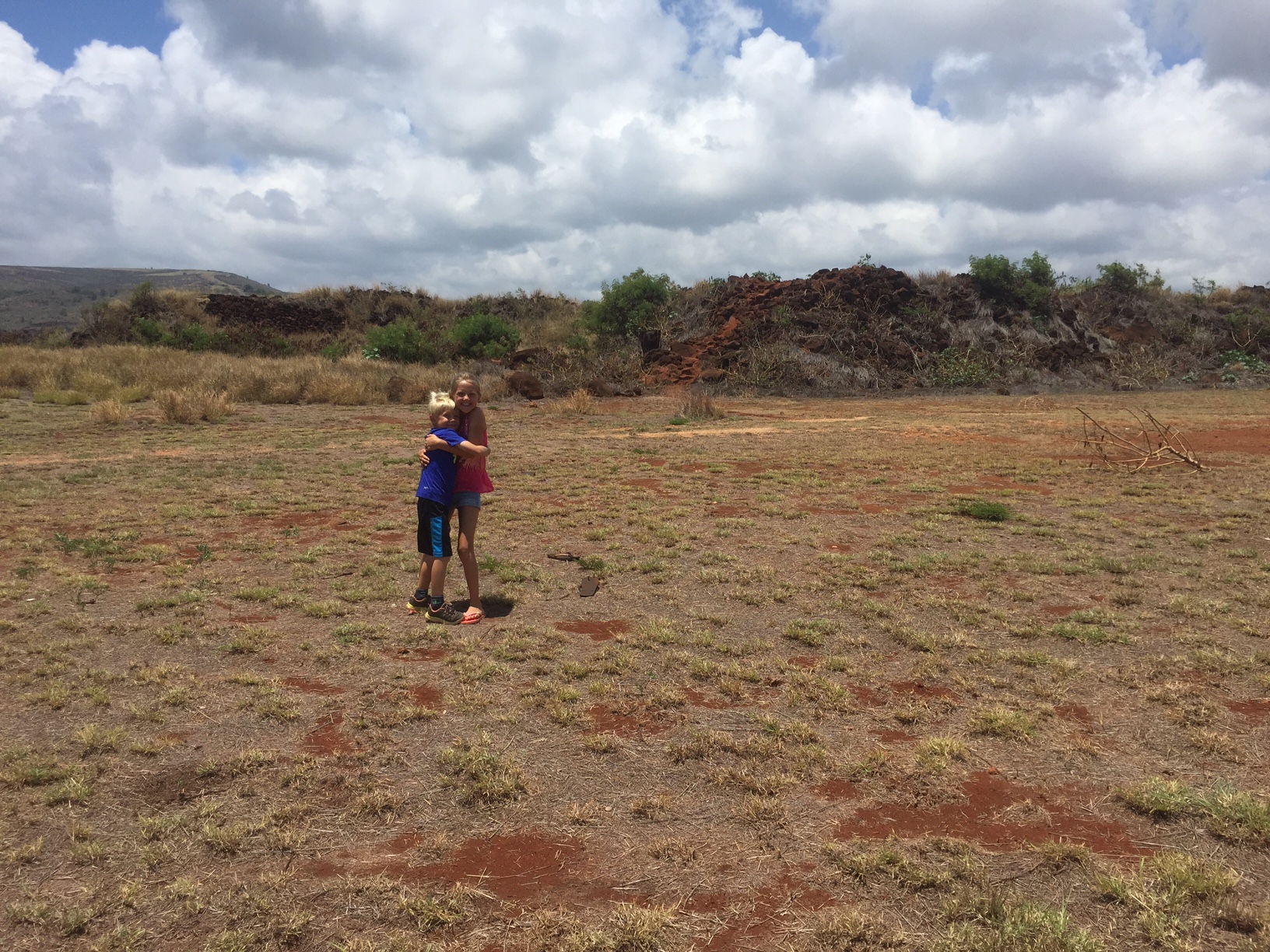
A map and a historic narrative are available at the entrance of the fort. Then, you’ll need to get back in your car, drive a little further toward the ocean, and climb up a short hill to get inside. Once inside, you’ll see a mound with a flagpole still intact, and different stones and markers that were once (I’m assuming)important to the fort.
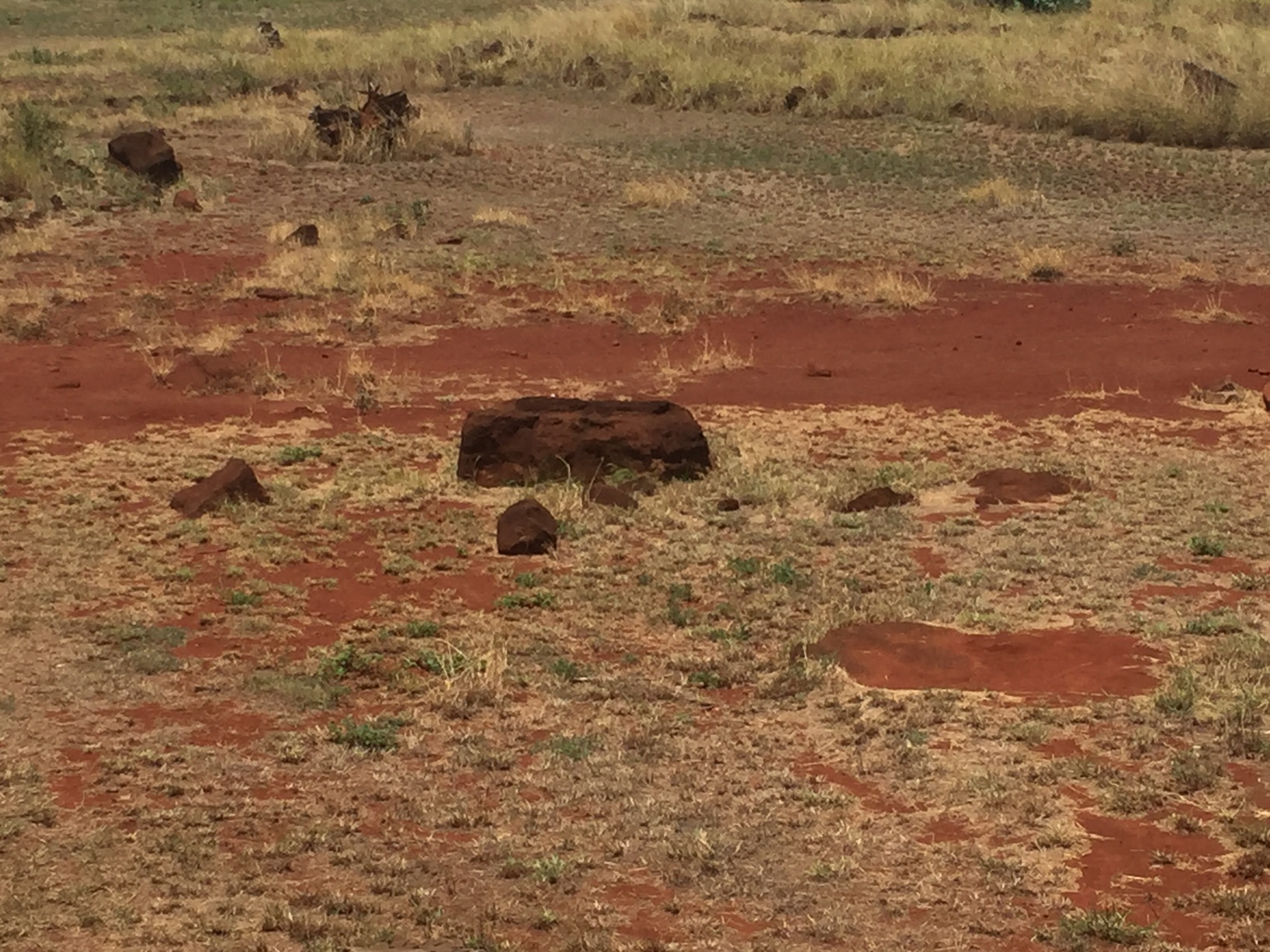
I always like to combine a little culture and history with my relaxation, especially when I’m visiting a neighbor island. So, consider doing the same — and start with a visit to Fort Elisabeth on Kauai.

